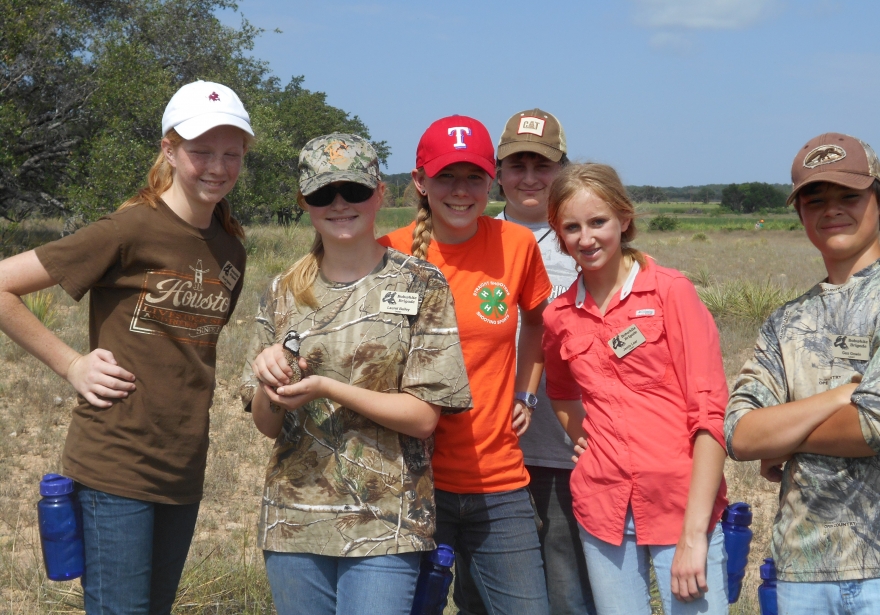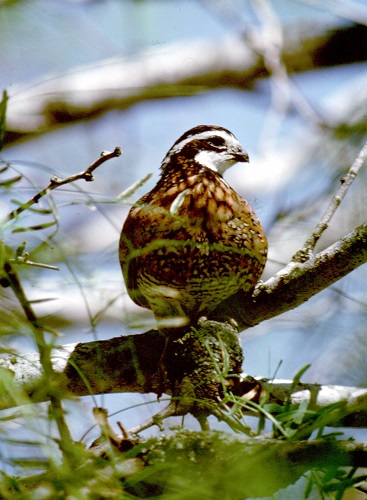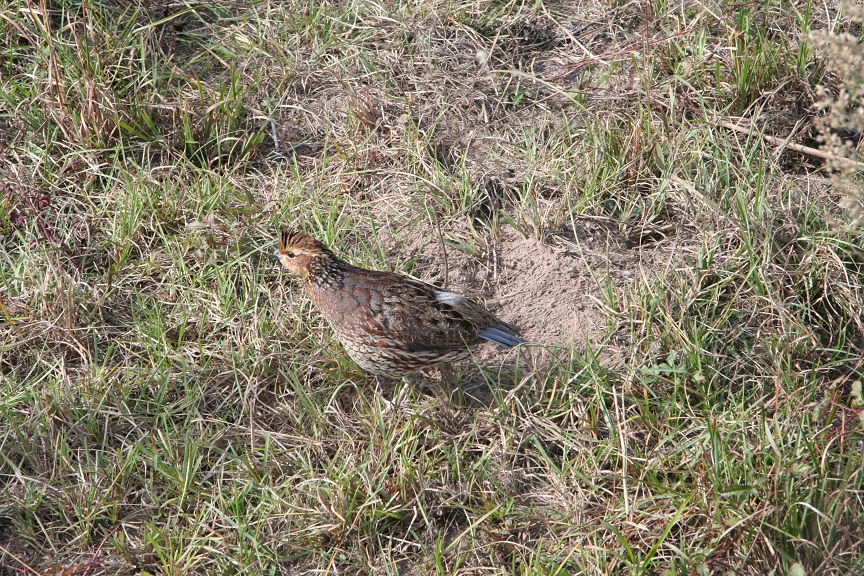Texas Brigades Inspire Careers
Wednesday, September 13th, 2017This is Passport to Texas
To categorize the Texas Brigades as “summer camp” is like calling a mountain lion “a kitty cat”.
This is not a normal summer camp. This is meant to be a lot more than that.
Writer, Aubry Buzek wrote a story about the Brigades for the October issue of Texas Parks and Wildlife magazine.
The editor of the magazine said, I want you to go to this summer camp and write about it. And I was thinking: Okay. There’s going to be fun stuff happening; I get there and it’s in the middle of a session on how conservation groups work in Texas….and conservation and hunters ethics. And I was like, Whoa!
The 5-day, cell-phone free, camps for youth build confidence and camaraderie with projects, public speaking and debates on conservation issues.
There are some really amazing instructors who come to this camp. There are instructors there who are wildlife biologists from Texas Parks and Wildlife, other private hunting ranches, water control authorities…just the gambit of [conservation] organizations in Texas. The kids get to meet people not easily accessible. Every instructor that I talked to said that they want these kids to pick up the phone and keep in touch with them. They want to help them grow now and into the future.
Aubry Buzek’s story on the Texas Brigades appears in the October issue of Texas Parks and Wildlife magazine.
The Wildlife Restoration program supports our series.
For Texas Parks and Wildlife…I’m Cecilia Nasti.





 Passport to Texas is a
Passport to Texas is a  Passport to Texas is made available by:
Passport to Texas is made available by: